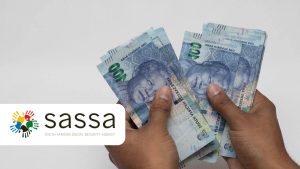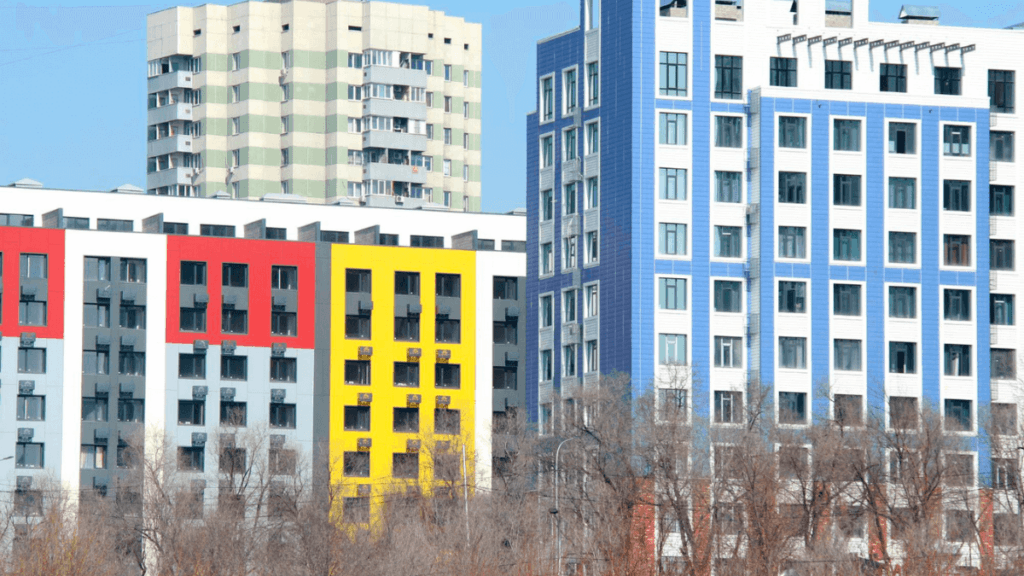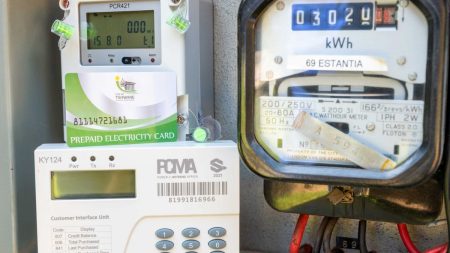Housing in urban areas is often challenging, especially for individuals and families with limited income. Fortunately, there are various low-cost housing options available in South Africa, designed to make living in cities more affordable.
Understanding the types of low-cost housing available and the steps to apply can help you find the best housing solution for your needs.
1. Subsidised Government Housing (RDP Homes)
What Are RDP Homes?
RDP (Reconstruction and Development Programme) homes are subsidized government houses provided as part of South Africa’s efforts to make low-cost housing available for low-income earners. These homes are basic in structure, built to provide essential living conditions.
Who Qualifies for RDP Housing?
To qualify for RDP housing, applicants must meet the following criteria:
- Be a South African citizen.
- Be over 18 years of age.
- Have a monthly household income of less than R3,500.
- Be a first-time government housing subsidy recipient.
- Not own any other property.
How to Apply for RDP Housing
- Visit your local housing department or municipal office to fill out an application form for this type of low-cost housing available.
- Submit your completed application along with required documents (ID, proof of income, etc.).
- Once approved, you will be placed on a waiting list, though you may need to wait due to high demand.
2. Social Housing
What is Social Housing?
Social housing offers low-cost housing available for rental, supported by the government to make urban living more accessible for people with low to moderate incomes. Social housing units are often located near city centers, making them ideal for those needing easy access to work and amenities.
Who Qualifies for Social Housing?
The typical requirements include:
- Monthly income between R1,500 and R15,000.
- Being a South African citizen or having legal residence.
- Meeting criteria set by the Social Housing Regulatory Authority (SHRA).
How to Apply for Social Housing
- Contact a social housing institution (SHI) near you. These organizations are authorized to manage and maintain social housing units.
- Complete the application form and attach necessary documents (ID, proof of income).
- Once submitted, the SHI will review your application. If you qualify, they will place you on a waiting list until a unit becomes available.
Social housing may be a good option for those seeking low-cost housing available without the long waiting periods often associated with RDP homes.
3. Community Residential Units (CRUs)
What Are CRUs?
Community Residential Units (CRUs) provide low-cost housing available for rent, specifically designed for low-income earners who may not meet RDP requirements. Managed by local municipalities, CRUs offer affordable and accessible housing in urban areas.
Who Qualifies for CRUs?
Typically, applicants need to:
- Earn a monthly income between R800 and R3,500.
- Be a South African citizen.
- Not own other property or have received government housing benefits before.
How to Apply for CRUs
- Visit the municipal office or housing department for details on CRU availability and application steps.
- Fill out the CRU application form and provide required documentation.
- Submit your application. In some cases, there may be a waiting period for available units.
CRUs are a practical option for low-cost housing available for urban residents who don’t qualify for home ownership subsidies but still need affordable rentals.
4. Finance-Linked Individual Subsidy Programme (FLISP)
What is FLISP?
The Finance-Linked Individual Subsidy Programme (FLISP) is designed to make low-cost housing available through financial assistance. It is unique in that it provides a subsidy to help with loan repayments, enabling low-to-middle-income earners to buy their own homes.
Who Qualifies for FLISP?
FLISP is targeted at first-time homebuyers who:
- Earn between R3,501 and R22,000 per month.
- Are South African citizens or permanent residents.
- Have already secured a home loan from a recognized financial institution.
How to Apply for FLISP
- Secure a home loan from a lender and get approval, as you will need this to qualify for FLISP.
- Obtain a FLISP application form from the Department of Human Settlements.
- Submit your completed form with documentation such as proof of loan approval and income verification.
FLISP is ideal for those seeking low-cost housing available through ownership, as it eases the financial burden of buying a home.
5. Backyard Rentals and Informal Housing Options
What Are Backyard Rentals?
In urban areas, backyard rentals are a widely-used low-cost housing option available for those needing affordable and flexible housing. These units are often extensions or separate rooms on a homeowner’s property and are generally more affordable than formal rental apartments.
Who Can Rent Backyard Units?
Backyard rentals are open to anyone seeking low-cost housing available in urban settings. The primary requirement is the ability to pay rent, though agreements may vary.
How to Find Backyard Rentals
- Look in local newspapers or online classifieds.
- Visit communities of interest and ask residents if they know of available units.
- Establish a rental agreement with the landlord to ensure security and avoid misunderstandings.
Backyard rentals offer immediate and flexible low-cost housing available for those who don’t qualify for other government housing programs but need an affordable living option.
6. Informal Settlements and Upgrading Initiatives
What Are Informal Settlements?
Informal settlements are housing developments outside formal urban planning, often arising due to limited low-cost housing available. These areas may lack formal infrastructure but are a reality for many urban dwellers.
Who Qualifies for Upgrades in Informal Settlements?
Residents of informal settlements may qualify for government-funded upgrades if they have lived in the settlement for a required time period. Upgrading projects improve basic infrastructure, sanitation, and access to services, though they typically do not provide ownership.
How to Access Upgrading Programs
- Contact your local municipality to find out about any active upgrading projects in informal settlements.
- Community leaders often work with municipalities to inform residents of upgrades, so staying active in community meetings is essential.
- You may need to register for specific upgrades or initiatives in your area.
These upgrades are part of efforts to make low-cost housing available that meets safety and health standards, even in informal areas.
Additional Tips for Securing Low-Cost Housing Available in Urban Areas
- Keep Your Documentation Ready: Make sure your ID, proof of income, and any other essential documents are updated to avoid delays when you apply.
- Be Persistent and Patient: Demand for low-cost housing available in urban areas is high, and waiting times are common.
- Stay Informed: Keeping up with announcements and updates from your local housing authority can help you identify new low-cost housing available options and upcoming projects.
Whether it’s subsidised RDP homes, social housing, FLISP subsidies, or informal backyard rentals, there are various options for low-cost housing available in urban areas. By understanding each type, the eligibility criteria, and application steps, prospective tenants or homeowners can make informed choices that suit their financial situations and living needs.
Finding the right low-cost housing available may require time and patience, but knowing where and how to apply can make the process easier.
Related News: Powerful Winds Leaves Lenasia Informal Settlement Residents Displaced and Desperate










